
Most years I do Picasso projects for elementary art, depending on what other projects we’ve done prior. It’s a great way to usher in talking about modern art.
Some years it’s a collage lesson. Other times it’s a low-relief sculpture. Hey, I try to mix it up to keep teaching art interesting!
The lesson is based on my Roll a Picasso game.
Either way, we’re having tons of fun creating our abstract portraits using Cubist principles.
Picasso Portrait Drawing Project
After discussing Pablo Picasso and his Cubist style, we quickly get on to drawing our own.
Each student gets a copy of my roll a Picasso game. It makes the process of designing their portraits easier and quicker. And even though they’re all using the same worksheet, each project comes out completely different!
So after rolling the dice to pick parts of the face, my students draw each facial feature onto its own smalls crap of colored construction paper.
I have on important guideline which is making sure they draw the features large enough to color. And generally-speaking, they’ll be coloring over most of the paper anyways. So erasing marks usually don’t matter too much.

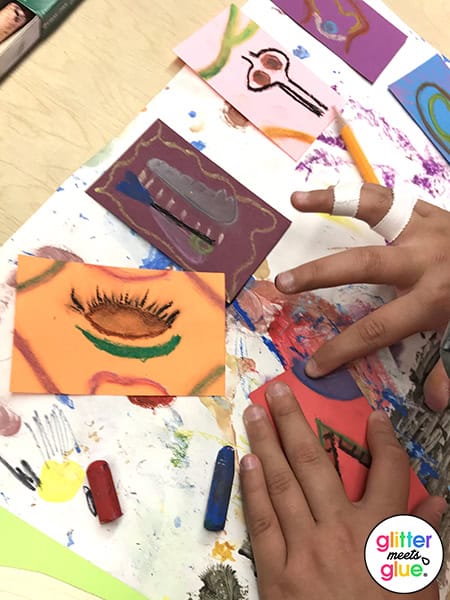
Then they move onto using oil pastels.
If they didn’t follow my instructions on drawing large eyes, nose, mouth, and ears, they’ll quickly discover on their own why this is important.
It’s because they’ll be working with oil pastels which can be difficult to maneuver into small areas.
I encourage them to fill in shapes first and add outlines, patterns, strokes, and details last. That way, any coloring mistakes can be covered over by the outlines.
I also expect them to be creative with their color choices. It’s abstract art, after all.
Once they’ve designed all their facial features, they move onto drawing a head and hair.
For the head, I instruct them to break up the face into several areas. From here, they can color or design those areas how they choose.
While they’re doing this, they’re overlapping their facial features on top to see how they look against the head. I emphasize that contract is the key to making the eyes, nose, mouths, and ears stand out.
It’s at this time they’re planning out their hair. This may be my favorite part because the more wacky and wild, the more they stand out uniquely.
In some cases, the hair is glued on the backside of the head. In some cases, the hair is intertwined with the facial features.
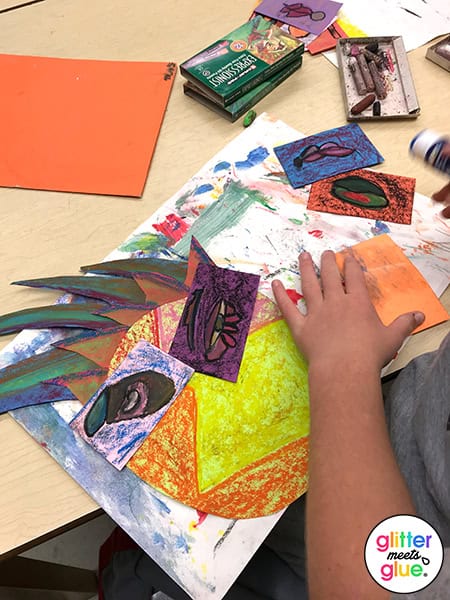
Completed Elementary Art Picasso Projects
I love how they turned out! Each is so expressive and creative. I can really see each student’s personality in their Picasso project.


Picasso Sculptures
This particular year I had my 5th Grade start a Picasso sculpture project. My last update showed my students painting each facial feature individually. I never did get around to posting the final results, so here are some of the best of the bunch:
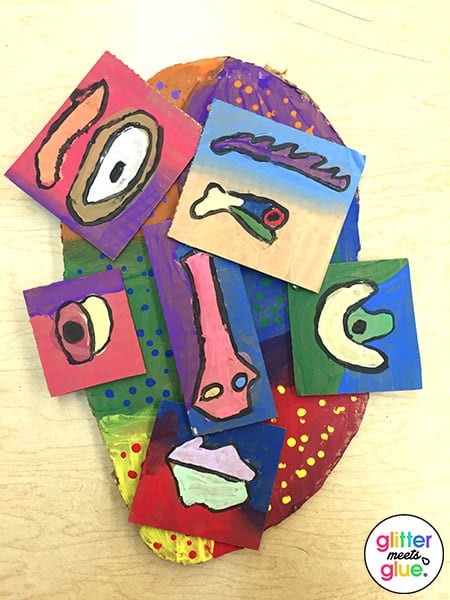
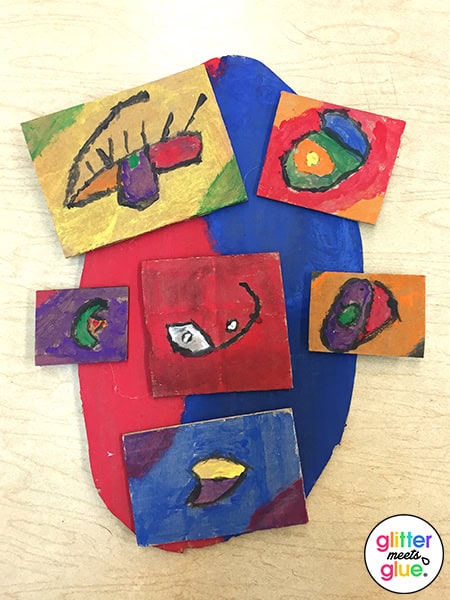
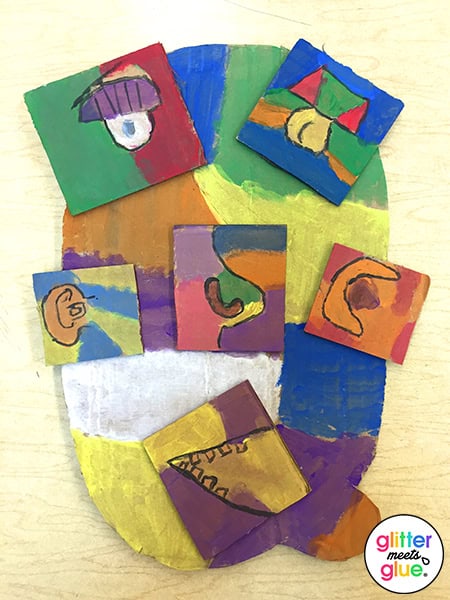
Picasso Sculpture Project Challenges:
I loved taking the portrait concept and making it into a sculpture project. It’s always worth trying new ideas. You learn and grow as an art teacher that way. But there are always pitfalls to maneuver. Here were some of ours:
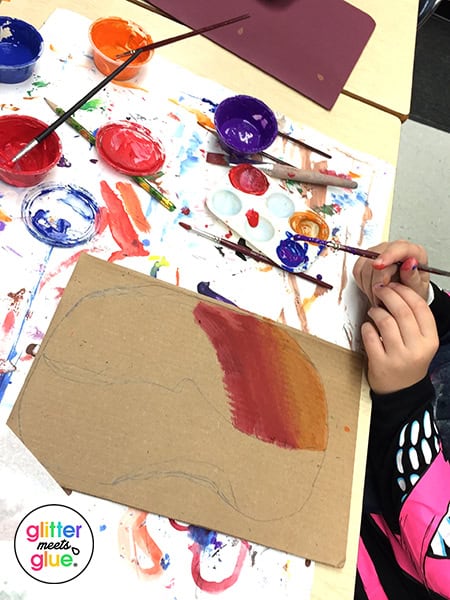
- Small facial features meant harder sized shapes to paint
- Not using blending or blocking so their work looked plain
- Painting the black lines before painting the shapes around them so that the end results were sloppy
- Not pre-visualizing the final piece of art and how to make colors balance one another more
- Random, weird color combinations that didn’t make color sense
- Painting over cardboard leads to more muted colors which is not always desirable
Adjustments I Made to the Lesson:
After trying this lesson the first time, here are some changes I made for greater success:
- Had students draw all their facial features on scrap paper first for practice
- Painted the face first before all the facial features to gain confidence in their painting abilities; painting a much larger space and getting the practice there first helped
- Incorporated patterns to encourage more creativity.
- Practiced painting thin lines on scrap paper first.
- Used a more defined color palette as Picasso did in his works
- Paint the background of each facial feature shape lightly first, then draw and paint the facial features on top
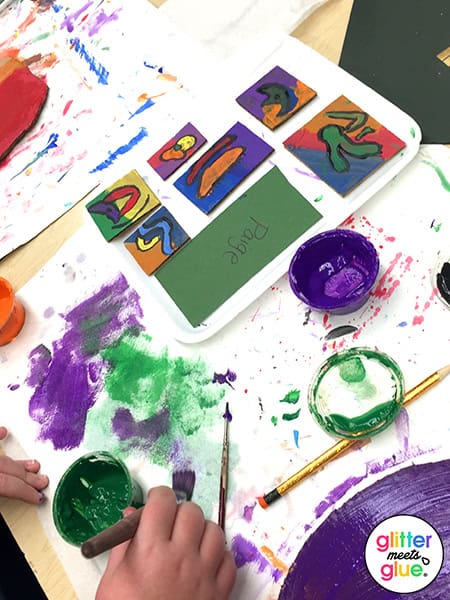
Any Questions About My Picasso Art Projects?
If you have any questions about these Picasso projects I did with my elementary art kids, drop a comment below.
And if you’d like to own the companion game that this project was based on, check it out in my store. I also have other games for sale to help beef up your lessons and make them more engaging for your students.

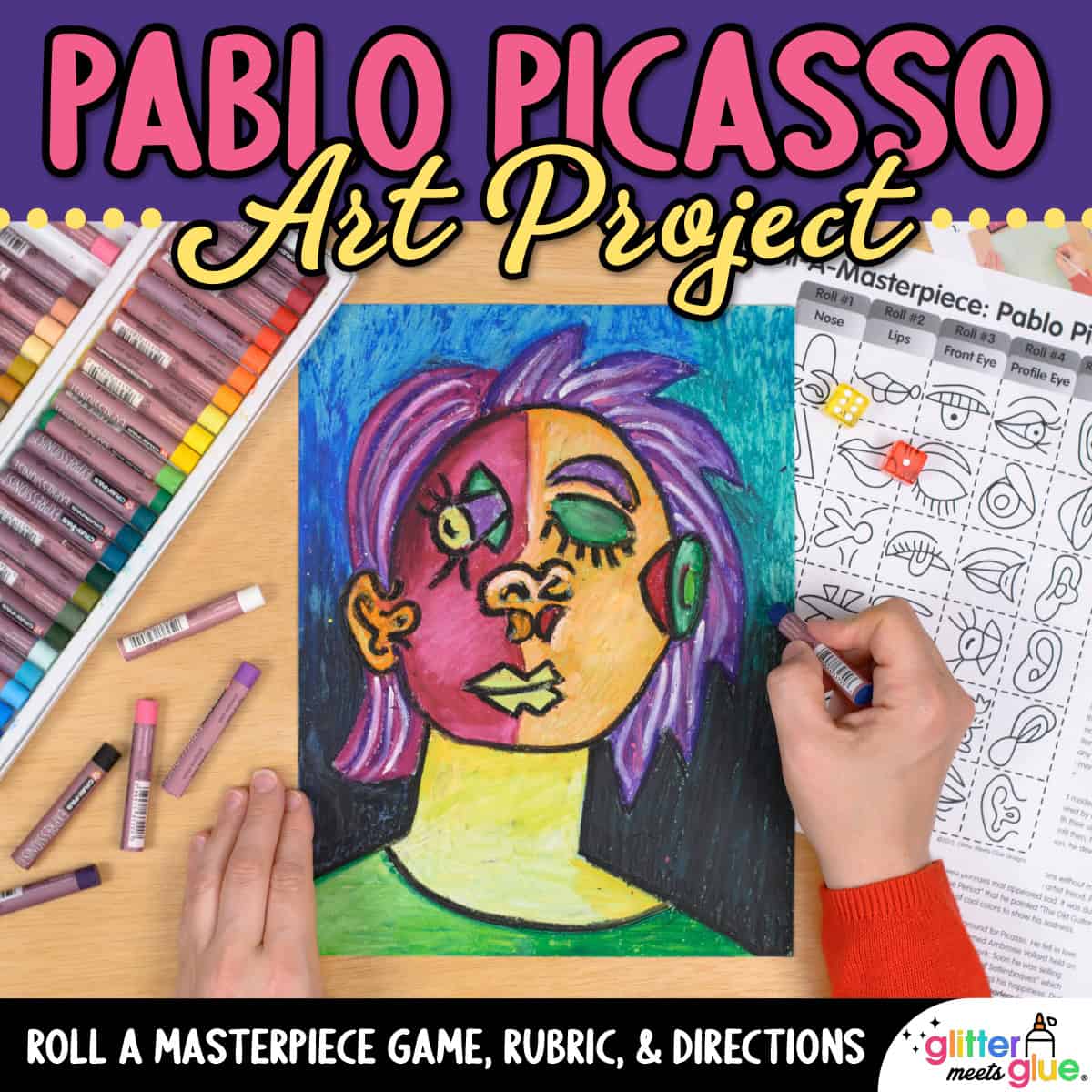
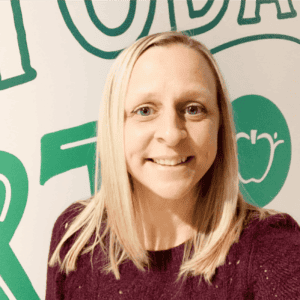
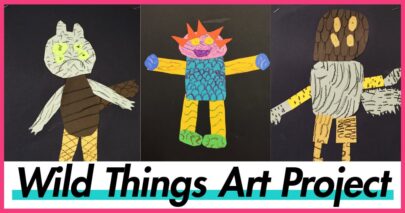
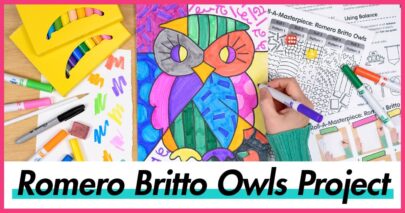

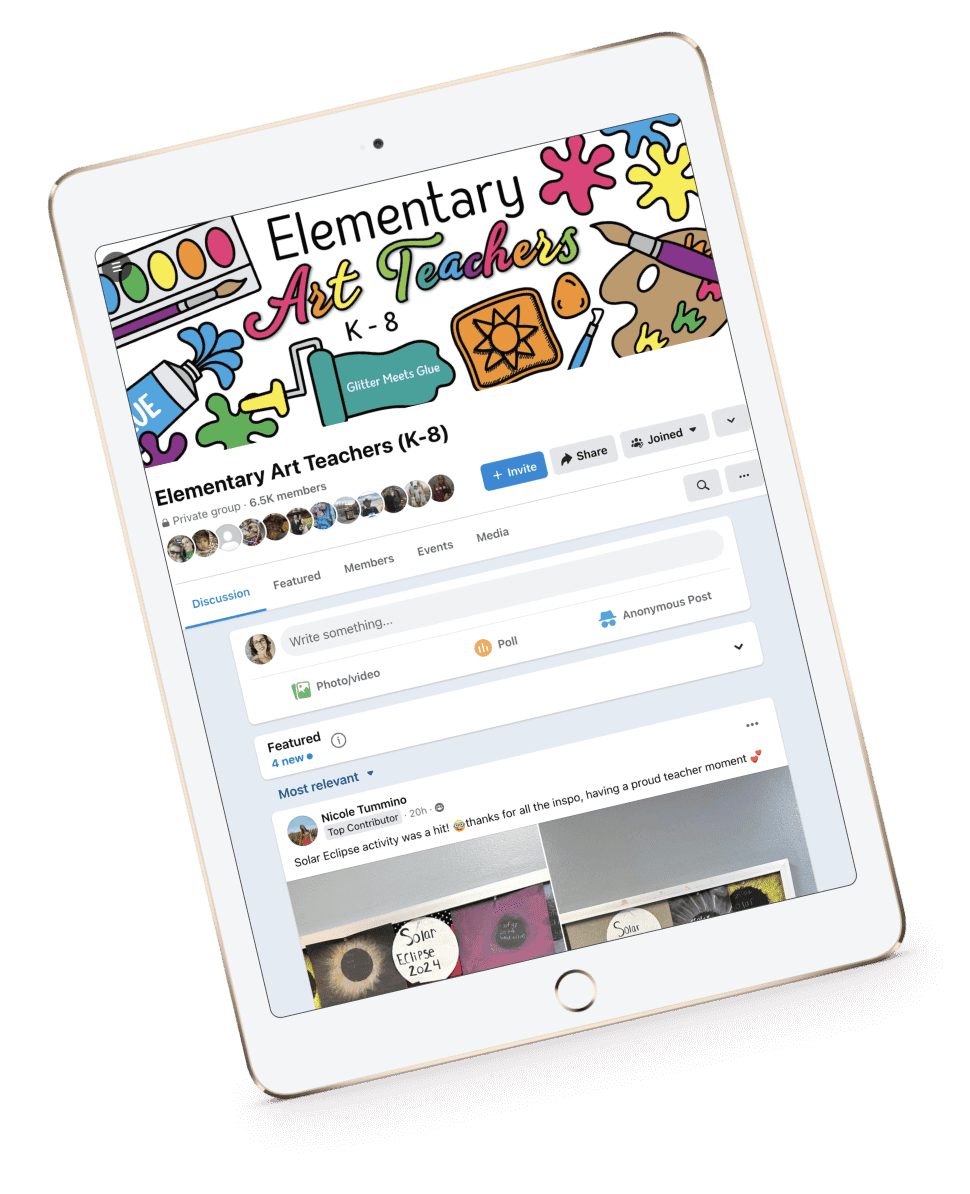

I can’t find where this project was started. The Picasso sculpture project link doesn’t work. Is it still available. Interested in what materials,etc. you used.
I had an issue with the original post, so I deleted it. However, I used my roll-a-dice game for this as well as washable paints and cardboard: https://www.teacherspayteachers.com/Product/Art-Lesson-Pablo-Picasso-Art-History-Game-Art-Sub-Plans-for-Teachers-1527368